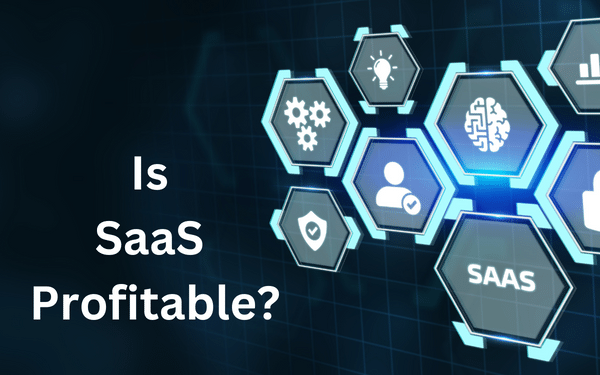Is SaaS Profitable? A Comprehensive Guide to Understanding the Pros and Cons

If you’re considering starting a Software as a Service (SaaS) business, one of the most critical questions you need to ask yourself is whether it’s profitable. The answer is not straightforward as it depends on several factors. In this article, we’ll dive into the details of SaaS profitability, exploring the pros and cons to help you make an informed decision.
Introduction
Software as a Service (SaaS) is a booming industry that has grown exponentially in recent years. With the rise of cloud computing and the increasing need for remote work solutions, SaaS businesses have become a popular choice for startups and established companies alike. However, before investing your time and money in a SaaS business, you need to understand whether it’s profitable.
What is SaaS?
SaaS is a software delivery model where the software is hosted on a third-party server and accessed over the internet. Unlike traditional software, which is installed locally on a computer, SaaS applications are accessed through a web browser. The most common examples of SaaS include email clients, project management tools, and customer relationship management (CRM) software.
Understanding SaaS profitability
SaaS profitability depends on several factors such as SaaS lead generation strategies including the target audience, pricing model, churn rate, and customer acquisition cost (CAC). To determine whether a SaaS business is profitable, you need to consider both the pros and cons.
Pros of SaaS profitability
Low upfront costs
One of the biggest advantages of SaaS businesses is the low upfront costs. Unlike traditional software, which requires expensive hardware and installation costs, SaaS businesses only require a web browser and internet connection. This makes it easier for startups to get started without having to worry about investing in infrastructure.
Recurring revenue streams
Another benefit of SaaS businesses is the recurring revenue streams. Unlike traditional software, which is sold as a one-time purchase, SaaS businesses generate revenue through a subscription-based model. This means that customers pay a recurring fee to access the software, providing a stable revenue stream for the business.
Scalability
SaaS businesses are highly scalable, making it easy to grow and expand. Since the software is hosted on a third-party server, there are no limitations to the number of users or devices that can access it. This means that SaaS businesses can easily accommodate growth without having to invest in additional infrastructure.
Cons of SaaS profitability
Here are some potential cons or challenges to consider when it comes to SaaS profitability:
- High initial investment: Developing and launching a SaaS product requires a significant amount of time, resources, and investment. This can make it difficult for smaller businesses or startups to enter the market and compete with established players.
- Subscription model reliance: SaaS revenue is typically generated through recurring subscription fees, which means that a steady stream of customers is necessary for consistent profitability. If there is a high churn rate or difficulty in acquiring new customers, it can impact the financial health of the business.
- Competitive market: The SaaS industry is becoming increasingly crowded, with many companies offering similar products and services. This can make it difficult to stand out and attract customers, particularly for newer entrants.





